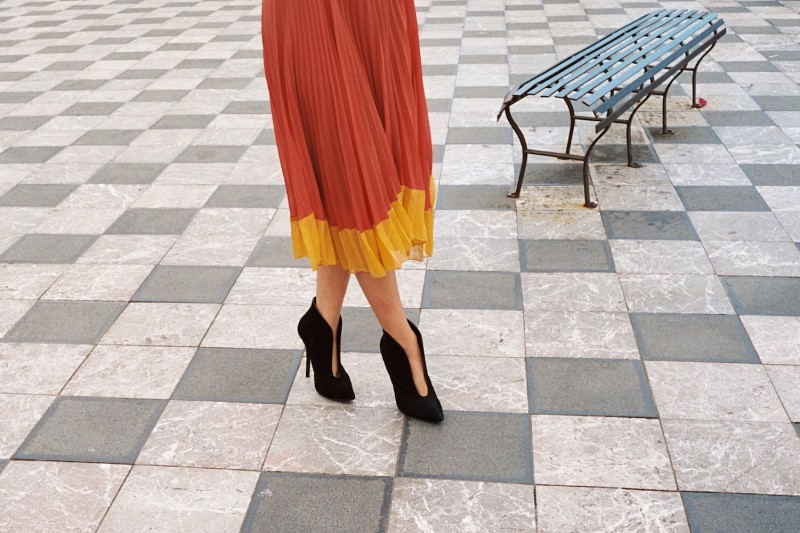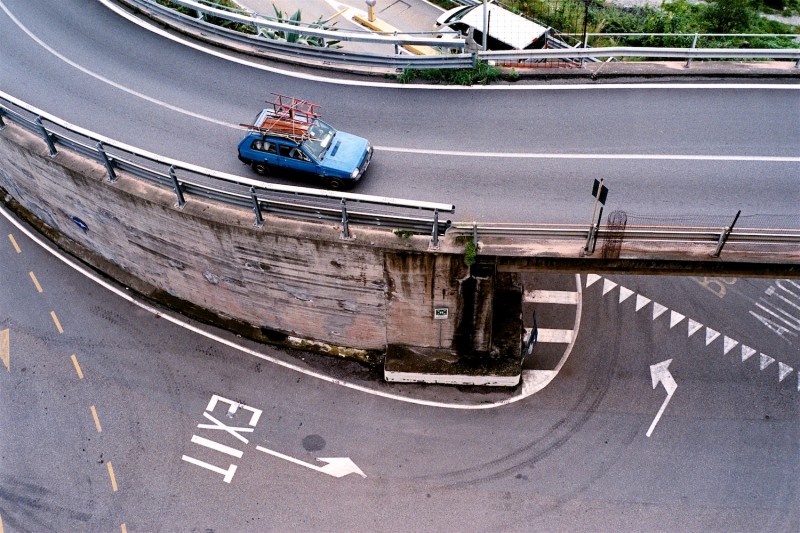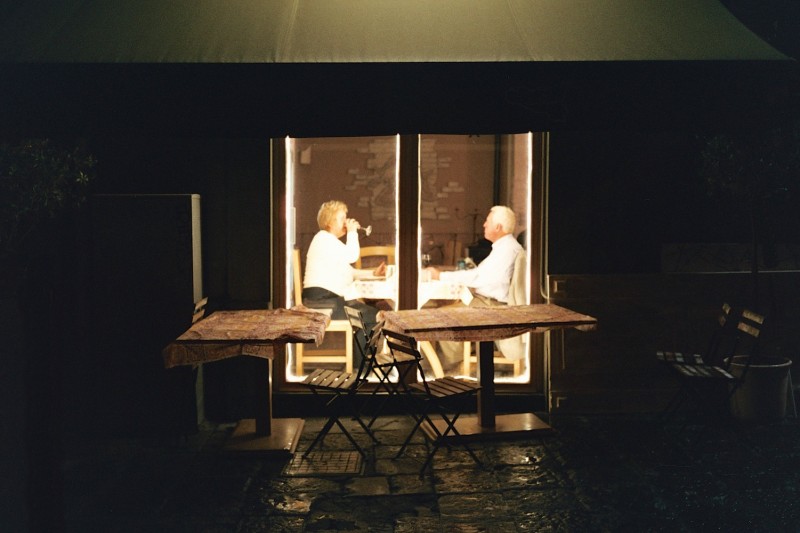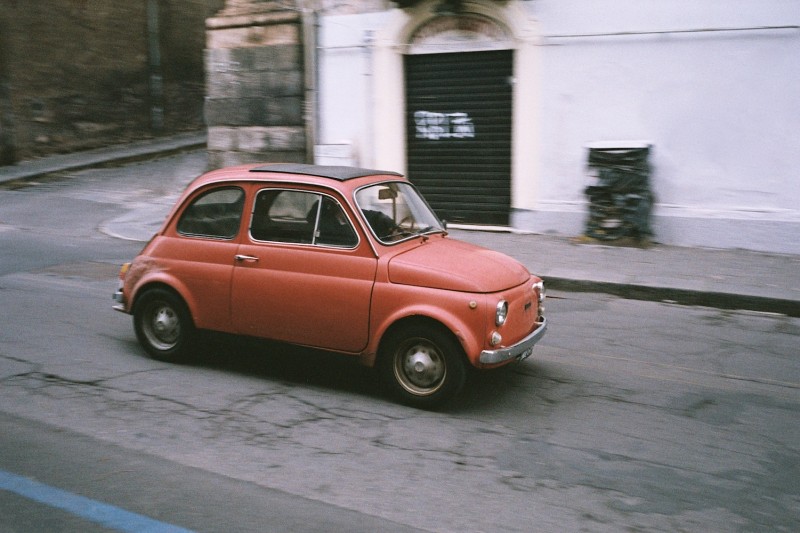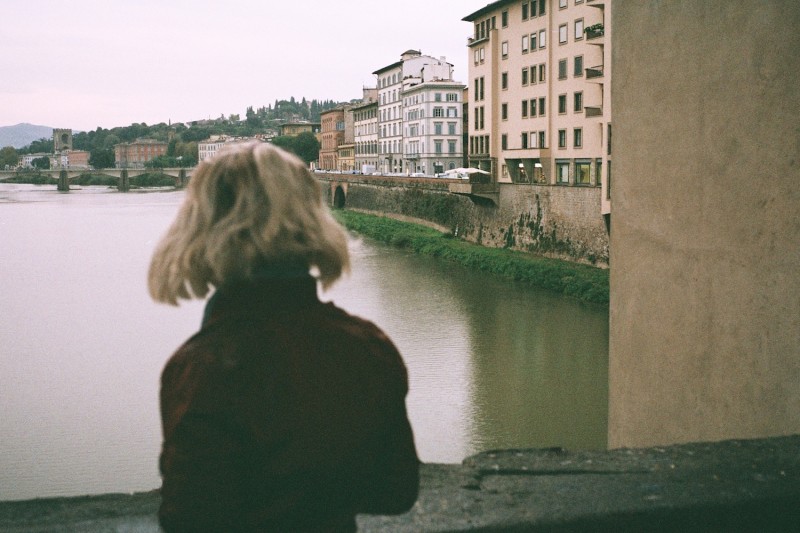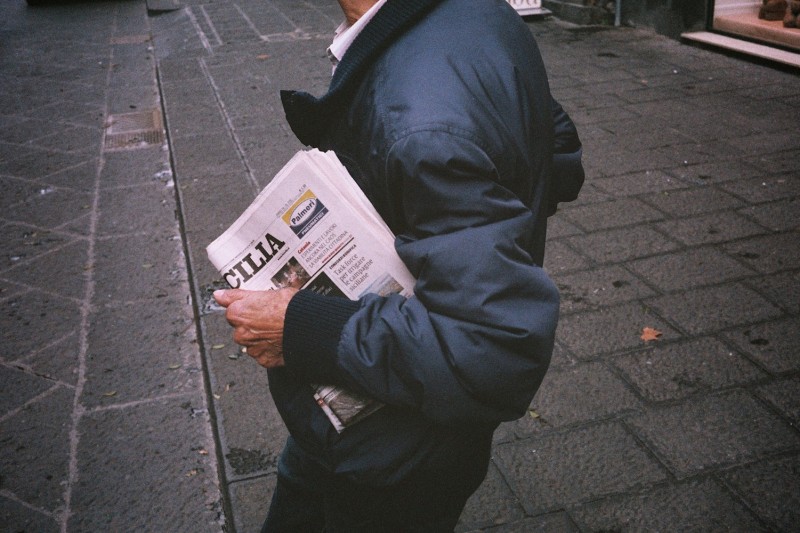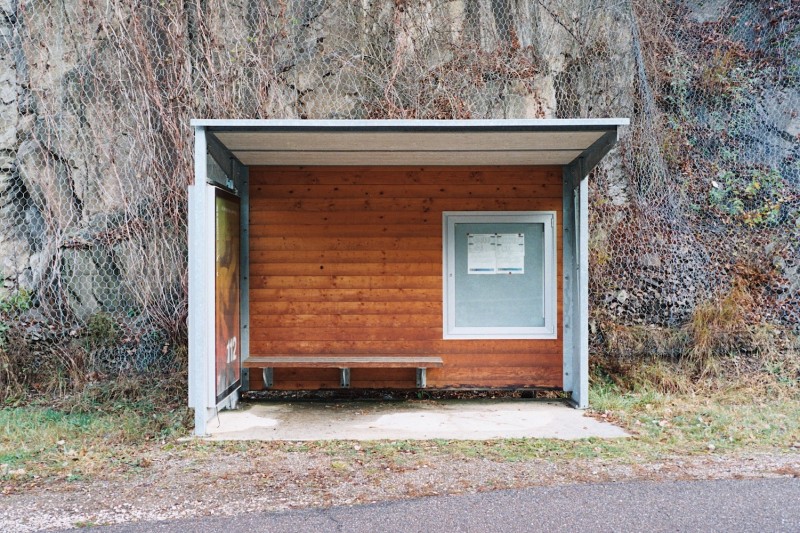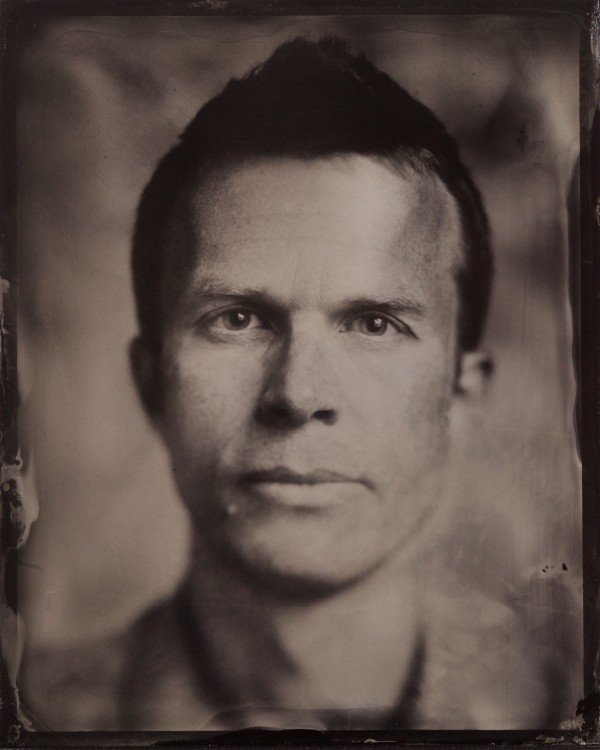The Italian Job
The Italian Job
Mark Forbes
November 2, 2021
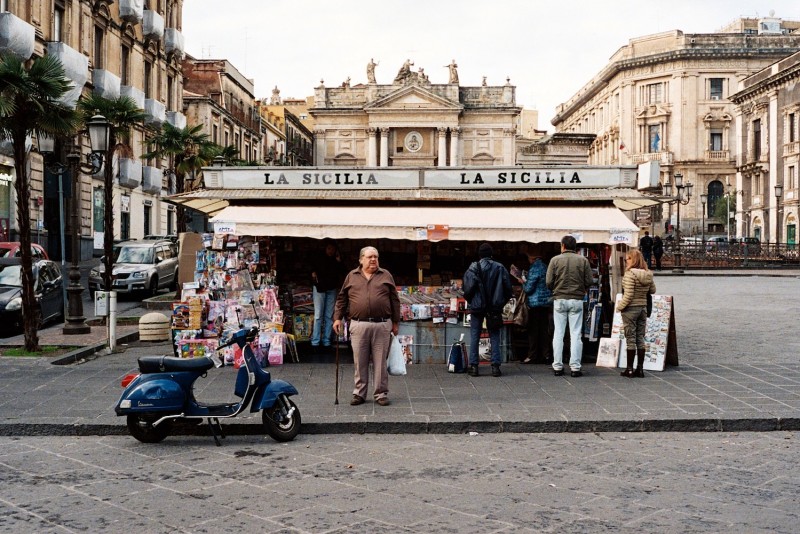
Mark Forbes: In 2018, I needed to go to Italy to visit a company near Venezia and also in Florence and Sicilia. I mapped out a specific photography tour that I wanted to undertake featuring these areas and adding in a few more too. In terms of Italy itself, it really is an incredible place to visit. I had been there a few times before – once as a small child and then also in my early twenties – so it has fond memories for me. It is quite a small country, but the regions are very unique and intriguing. The language is beautiful to listen to and the geography, scenery, history, culture and people are all very different to anything on offer in Australia. There were certain parts of the country – especially in Sicilia - that felt as if nothing much had changed in decades, which as a photographer is really inspiring to capture.
What does Italy represent in your eyes and what did you intend to capture?
The aim of this photographic project was to give a flavour of the nuances, personalities and vastly varied scenery that Italy has, from its northern tip down to its southern island. It was also to give the viewer a different take on spaces and scenes that can instantly be recognised as distinctly Italian. It’s definitely Italy – but not quite as you know it. Visiting Italy in November, during what would be considered the “off season”, meant that there were fewer tourists around and a lot of the towns I visited were less crowded. The perfect time to allow the quieter details to be captured. Between the immaculately dressed locals to the vastly varied architecture, steeped in history, the series was a joy to photograph.
Where were you photographing? Please tell us something about the sites.
The journey started in Treviso, and toured from Venezia, Catania (Sicily), Taormina (Sicily), Firenze, Milano, Como, Bolzano to Cortina d’Ampezzo, and finally back to Venezia. I enjoyed visiting Treviso, as there were few tourists around and it felt like it was a small slice of Italian life in a little town – outside of the big cities. Sicily, as I mentioned earlier, was very much like a trip back in time – it felt very authentic with its own very different feeling to mainland Italy. The grittiness of Catania was very different to the tourism town of Taormina – with its postcard views. Milano was thoroughly enjoyable to explore with its classic buildings and people. The drive through the Dolomites from Bolzano to Cortina was, without doubt, one of my most enjoyable days as a photographer. The roads were virtually empty and as it was pre-ski season: all of the mountaintop towns were deserted, but still covered in snow. A surreal and incredibly rewarding experience.
How did you find your most compelling scenes?
Initially I tend to work very organically and intuitively – often only with a loose idea of places that I want to visit. I gravitate towards subjects and spaces that I find interesting, and work with the light and conditions that are available at the time. Having said that, I do plan out my travels with the aim of working with the most interesting light at the right time of day. I review my images to find patterns of subject matter or feelings that emerge, and then I may focus more on working on a subset of these to progress as a project. I’m much more interested in visiting areas that people would overlook or may be considered less attractive to go to – rather than the popular scenic spots.
Mark Forbes+-
Born in Middlesbrough, England, in 1980, the self-taught photographer is known for his contemplative and atmospheric documentary photography of street scenes, urban landscapes and structures. He employs film as his medium of choice for personal documentary work, using predominantly traditional medium-format cameras. Forbes is a contributor for The New York Times. His photographs have been exhibited throughout Australia at both commercial and public galleries, including the Centre for Contemporary Photography, the Perth Centre for Photography, and the Museum of Art and Culture, Lake Macquarie. Forbes has been a finalist in many renowned Art Prizes and his portraiture also recently featured multiple times in the British Journal of Photography's 2021 Portrait of Humanity. He is based in Melbourne, Australia. More

